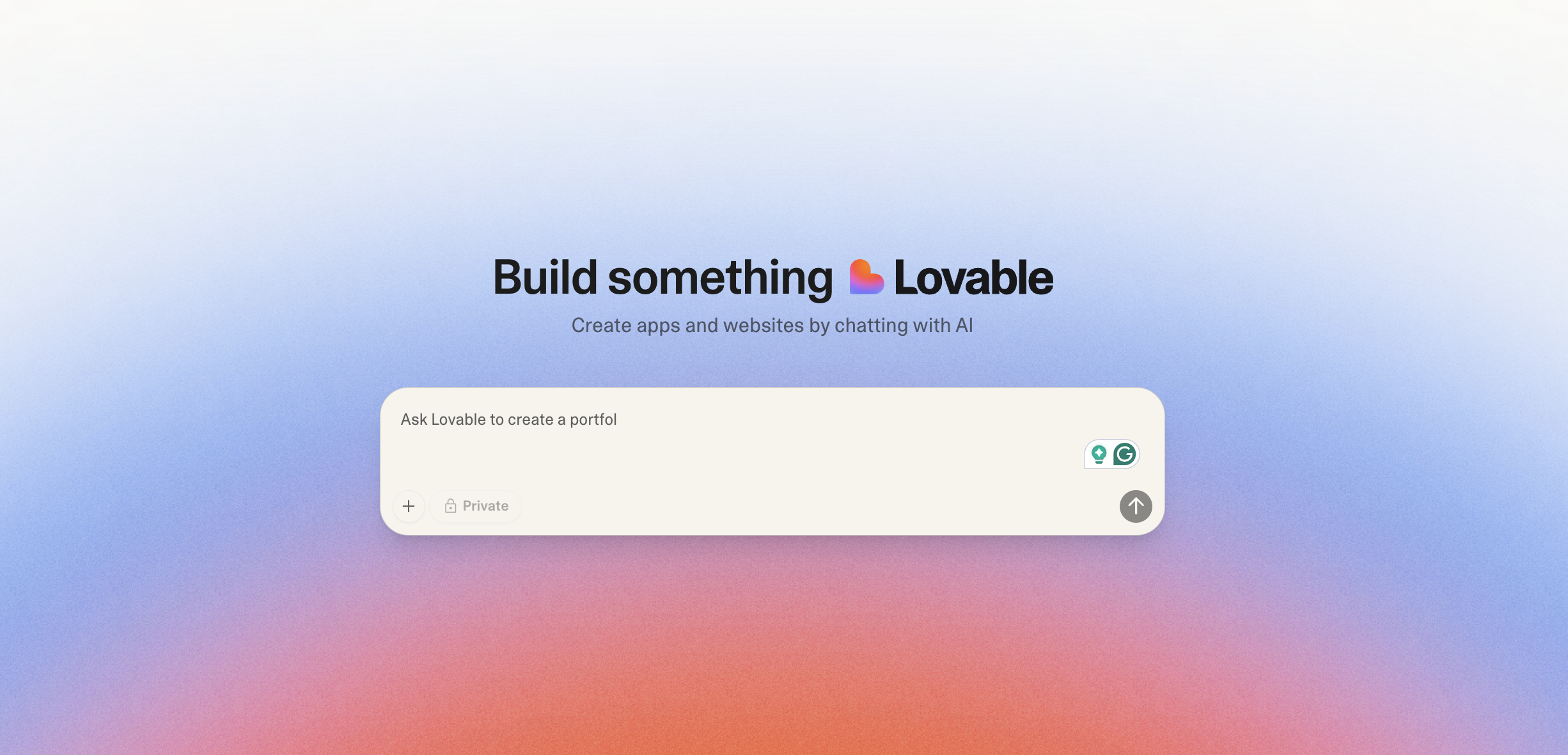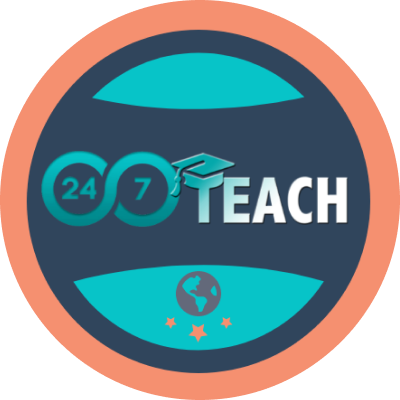Mastering Performance-Based Objectives and Assessments: A Guide for New Instructional Designers
By: Anthony Miller
24/7 Instructional Designer and Recruiter
Prefer to listen to this post? Click below.
Unpacking the Importance and Development of Performance-Based Objectives and Assessments:
As an aspiring instructional designer, you’ve probably heard the term 'performance-based objectives and assessments. These essential elements of instructional design can significantly impact how effectively learners acquire and apply new skills and knowledge. So, let's dive deeper and understand the relevance of these principles and how they can be designed with utmost proficiency.
Understanding the Importance of Performance-Based Objectives and Assessments:
Performance-based objectives and assessments are the pulses of a meaningful and relevant learning experience. These go beyond mere theoretical understanding, emphasizing learners' ability to apply their knowledge in realistic scenarios. In essence, they focus on 'doing' rather than just 'knowing.'
When we prioritize the application of learning, we bridge the gap between theoretical knowledge and practical skills. This approach empowers learners, making them not only consumers of information but active participants in their own learning journey. The benefits include:
Increased Engagement: When learners are actively involved in a task, their engagement naturally increases. Performance-based tasks create a learner-centered environment where they feel a sense of ownership and engagement.
Enhanced Critical Thinking: Real-world tasks challenge learners to solve complex problems, fostering critical thinking and problem-solving skills.
Skill Development: From research skills to collaboration and communication, performance-based assessments help learners develop a broad spectrum of competencies.
Authentic Assessment: Performance-based assessments provide a more realistic measure of a learner's understanding and skills, as opposed to traditional tests that often focus on rote memorization.
Developing Performance-Based Objectives:
Performance-based objectives are clear statements about what learners should be able to accomplish upon completion of the learning experience. Here's how to develop them effectively:
Focus on Action: Performance-based objectives should reflect a specific action the learner can perform. Use action verbs such as 'construct,' 'design,' 'analyze,' or 'create' to make your objectives clear and measurable.
Align with Standards: Your objectives should align with curricular standards or professional competencies, ensuring learners meet the desired benchmarks.
Include Criteria: An effective performance-based objective includes a specific criterion that measures the quality of the performance. For example, "By the end of the module, learners will be able to analyze and interpret data from a given case study with 90% accuracy."
Be Realistic and Relevant: Objectives should be attainable based on the learners' current knowledge and skill level. Additionally, they should be relevant to the learners' context or field.
Crafting Performance-Based Assessments:
Once we have defined our objectives, the next step is to design assessments that allow learners to demonstrate these skills. Follow these steps to create effective performance-based assessments:
Design Real-World Tasks: Start by designing tasks that mirror real-world challenges. This might involve designing a product, solving a complex problem, or creating a presentation.
Decide on Assessment Type: Depending on your objectives, you might choose a project, portfolio, presentation, or performance-based assessment. The goal is to find a format that allows learners to demonstrate their skills most effectively.
Develop a Rubric: Rubrics are essential for performance-based assessments. They offer a clear and detailed criterion for success and provide a consistent and fair assessment framework. When designing your rubric, be explicit about expectations, and provide examples if possible.
Provide Ongoing Support and Feedback: Learning is a process, and feedback plays a pivotal role in that process. Offer guidance throughout the task and provide constructive feedback to help learners understand their strengths and areas for improvement.
Incorporate Self-Assessment: Encourage learners to reflect on their work and learning process. This helps them develop metacognitive skills and fosters self-directed learning.
Mastering the Development of Performance-Based Objectives and Assessments:
As an instructional designer, your challenge lies in weaving these performance-based objectives and assessments seamlessly into the fabric of your course design. Let's delve further into their design process.
More on Developing Performance-Based Objectives:
In addition to being focused on action, aligned with standards, including clear criteria, and being realistic and relevant, your performance-based objectives need to address various cognitive levels. Here's how you can master this aspect:
Balancing Cognitive Levels: Your performance-based objectives should not be concentrated on one level of cognition. The tasks should stimulate higher-order thinking skills like evaluation, synthesis, and analysis. To facilitate this, consider Bloom's Taxonomy as a guiding tool when crafting objectives.
Flexibility in Application: Ensure your performance objectives allow learners to demonstrate learning in various ways. This flexibility caters to different learning styles and acknowledges that there is no single 'correct' method to apply knowledge or skills.
More on Crafting Performance-Based Assessments:
Creating effective performance-based assessments involves meticulous planning and a deep understanding of your learner's abilities. Here are more nuances to consider:
Multiple Assessment Opportunities: Incorporate a variety of tasks throughout the learning experience to offer multiple opportunities for assessment. This provides a comprehensive view of the learner's abilities and progress over time.
Collaborative Tasks: Consider using tasks that require collaboration. This not only teaches learners to work effectively in teams but also allows for peer feedback and learning, which can be a powerful tool for development.
Transparent Evaluation: When learners understand the evaluation criteria, they can focus their efforts effectively. Thus, share the rubric before they begin the task. This transparency also promotes trust in the assessment process.
Iterative Process: After assessing learners' performance, use the insights to refine your instructional design approach and tailor subsequent tasks. This iterative process is key to continuous improvement in teaching and learning.
Conclusion:
In conclusion, performance-based objectives and assessments are indispensable tools for contemporary instructional design. They offer a holistic approach to learning, encouraging not just the absorption of information, but its application in complex, real-world scenarios. By mastering these, you will be well-equipped to create transformative learning experiences that empower learners to thrive in their respective fields.
Resource: Quick Guide to Developing Performance-based Objectives and Assessments
Steps to Develop Performance-Based Objectives
Focus on Action: Use action verbs to highlight what the learner should be able to perform.
Alignment with Standards: Objectives should be in line with curriculum standards or professional competencies.
Inclusion of Criteria: Each objective should specify a measurable criterion that determines the quality of performance.
Realistic and Relevant: Objectives should be achievable and pertinent to the learners' context or field.
Balancing Cognitive Levels: Cater to various levels of cognition to stimulate higher-order thinking skills.
Flexibility in Application: Objectives should allow learners to demonstrate learning in diverse ways, acknowledging multiple correct methods.
Steps to Create Performance-Based Assessments
Design Real-World Tasks: Mirror real-world challenges in the tasks you design.
Decide on Assessment Type: Choose a format (project, portfolio, presentation, etc.) that best allows learners to demonstrate their skills.
Develop a Rubric: Define clear and detailed success criteria, offering a framework for consistent and fair evaluation.
Provide Ongoing Support and Feedback: Offer guidance throughout the task and provide constructive feedback.
Incorporate Self-Assessment: Encourage learners to reflect on their work and learning process, fostering self-directed learning.
Multiple Assessment Opportunities: Provide a variety of tasks for a comprehensive view of the learner's abilities and progress.
Collaborative Tasks: Include tasks that require teamwork, promoting peer feedback and learning.
Transparent Evaluation: Share the evaluation rubric before the task begins to promote understanding and trust.
Iterative Process: Use insights from assessments to refine your instructional design approach and tailor subsequent tasks.
Need Guidance on Navigating the Shift to Instructional Design?
Before You Go...
Discover the Unmatched 24/7 Teach Experience:
Our Instructional Design bootcamps and career coaching services have a 100% success rate. We redefine learning by immersing you in practical, hands-on projects, ensuring you acquire vital professional expertise while making a meaningful difference in your community.
Unlock your true potential today with 24/7 Teach and invest in your future.











